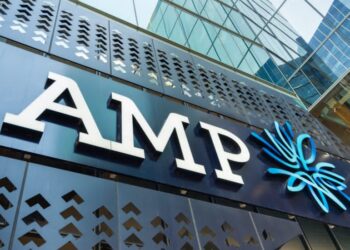The $32 billion fund’s default MySuper option delivered a return of 9.07 per cent for the year to 30 June 2024, exceeding its 6.9 per cent per annum return over the past seven years.
According to Brighter Super, its default option continues to be one of the top three industry funds across the country in terms of lowest MySuper fees.
Meanwhile, its Balanced accumulation option delivered 10.57 per cent returns, similarly exceeding its seven-year performance (8.5 per cent per annum).
Its Growth accumulation option also saw double-digit returns in the financial year 2024, delivering 11.91 per cent over the year and 9.75 per cent per annum since July 2017.
CEO Kate Farrar said the full-year results demonstrate that the fund continues to deliver the benefits of the merger of LGIAsuper and Energy Super in 2021 and its acquisition of Suncorp Super last year.
“The mergers allowed us to pick the best possible services and products from the three merged funds and added liquidity to the portfolio which enabled us to diversify our investments and access better opportunities,” Farrar said.
Alongside its continued focus on performance, she affirmed Brighter Super’s commitment to keeping fees low and providing advice to help its members retire confidently.
“And our members are reaping the rewards,” Farrar said.
Meanwhile, Brighter Super’s pension options – Growth, Balanced, and Conservative Balanced – returned 13.44 per cent, 11.92 per cent, and 9.79 per cent, respectively.
Chief investment officer Mark Rider said he was pleased the fund was delivering solid returns in spite of recent economic headwinds caused by high inflation and global uncertainty.
According to the CIO, Australian and international sharemarkets were the dominant driver of overall fund returns, although they were “ably” assisted by private equity and infrastructure.
“We have had solid returns in our investment options over the past 18 months, particularly where there has been a larger allocation to growth assets such as shares,” Rider said.
“This is despite high interest rates and slower economic growth.”
Looking forward, Rider said that the fund’s focus remains on “building a well-diversified portfolio for our members, selectively using active management to help navigate uncertain times to generate the returns our members need for their retirement in the years ahead.”
In May, Brighter Super also simplified its investment offerings from a combined suite of 32 options to 16 investment options, 12 of which are available to all members.
The new investment menu also reduced fees to some members by up to 70 per cent, according to the fund.
“We continually review our investment options to ensure that investment outcomes reflect the current investment environment and investment allocation,” Brighter Super said.




